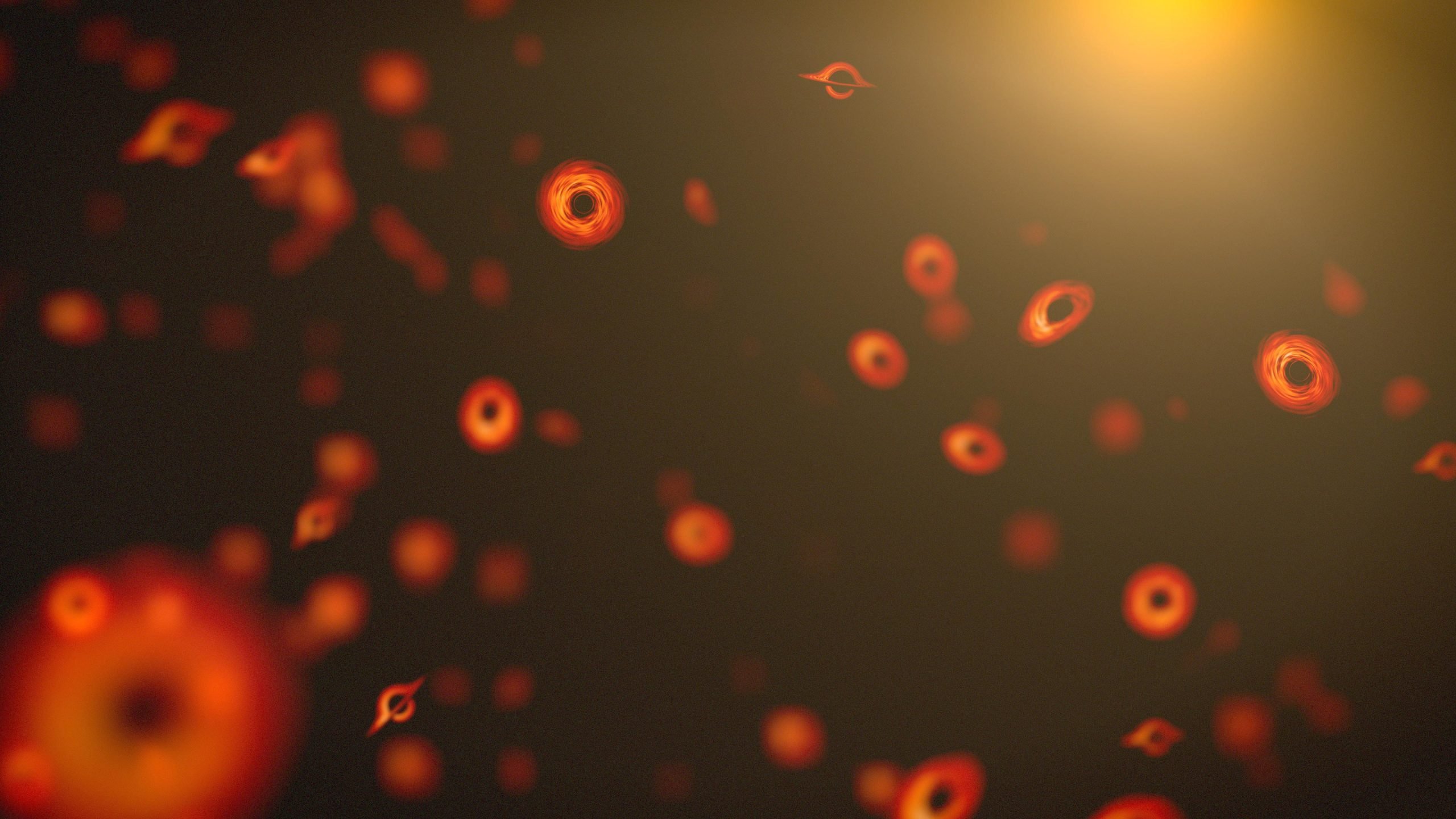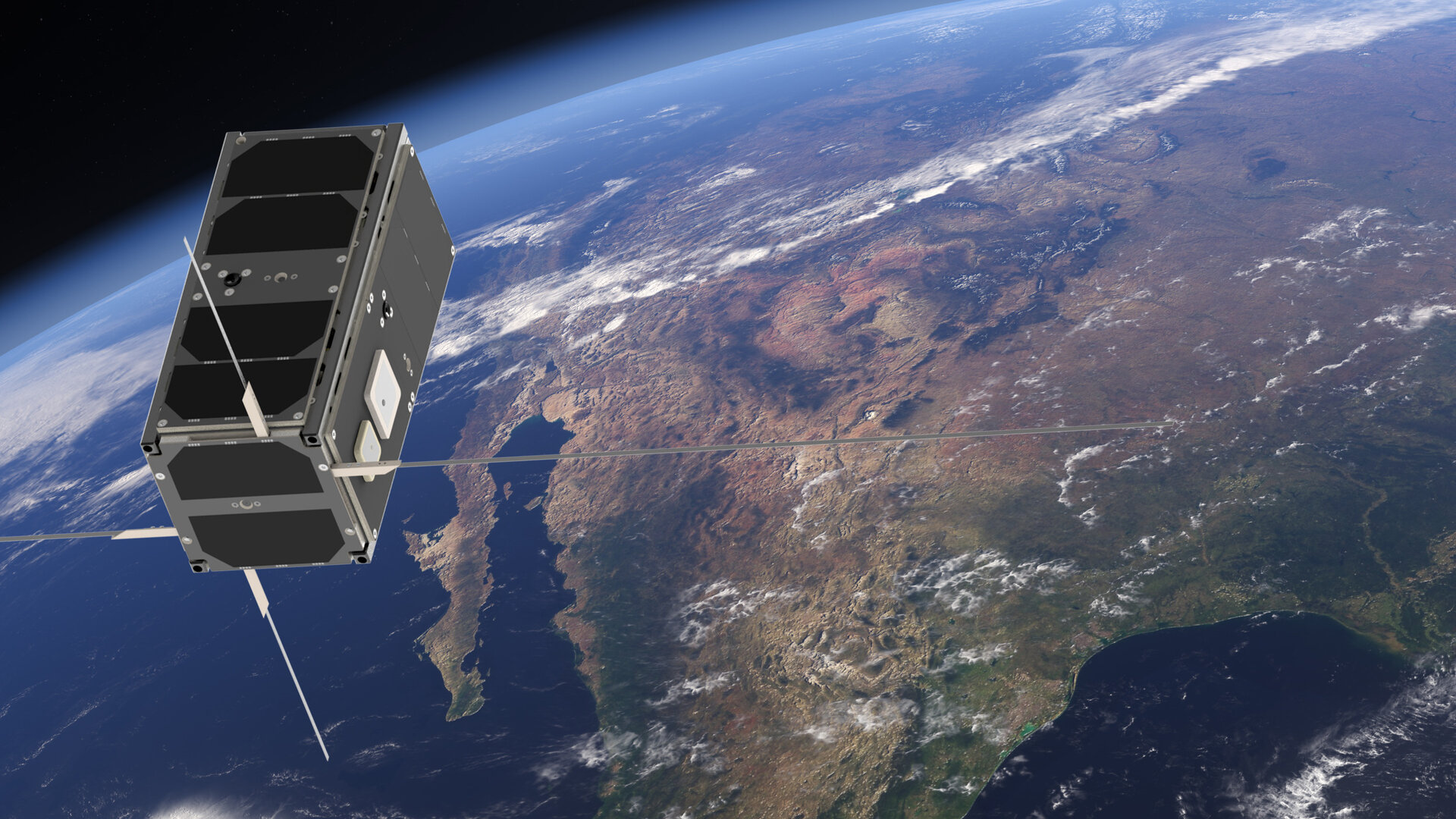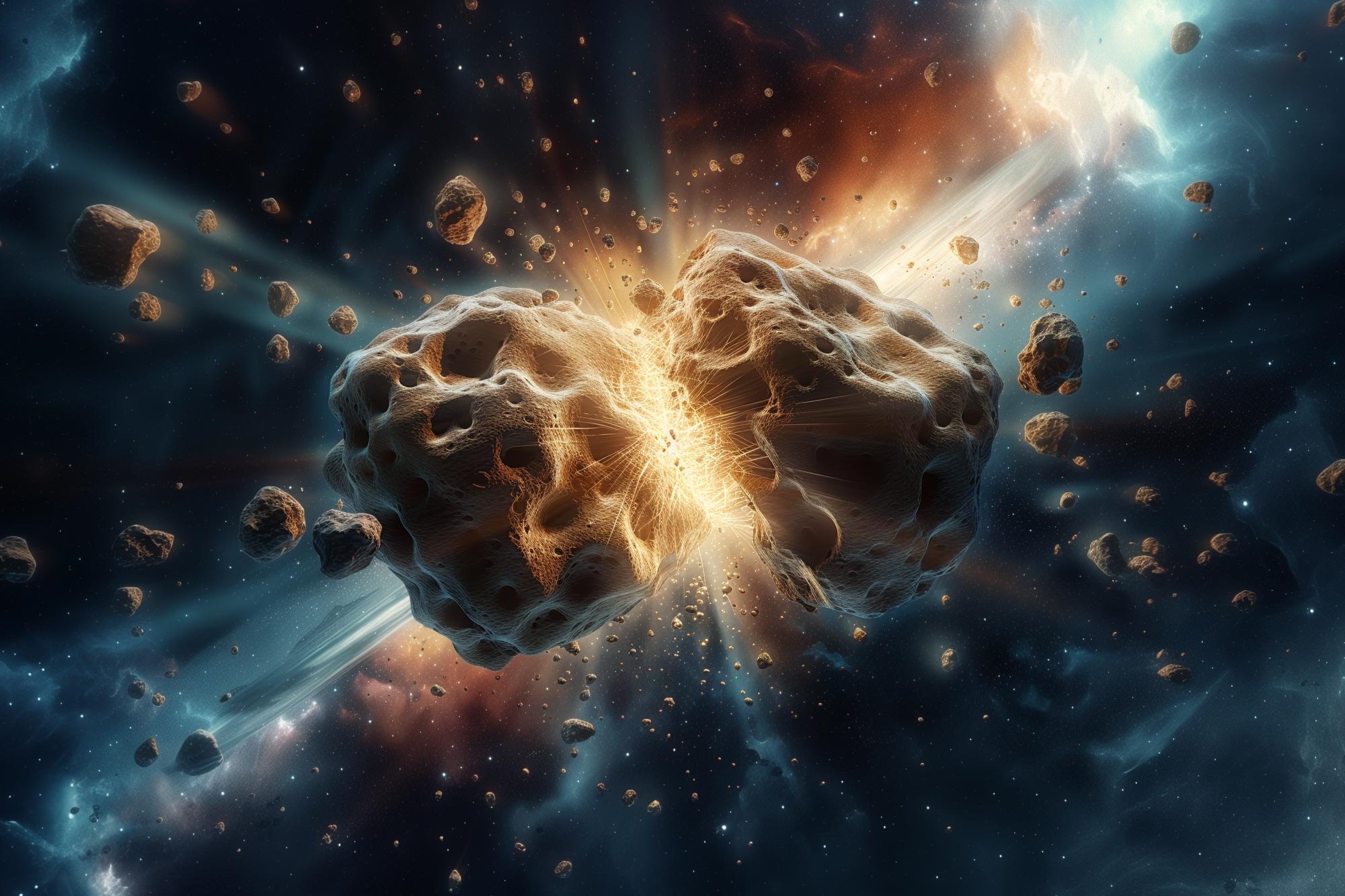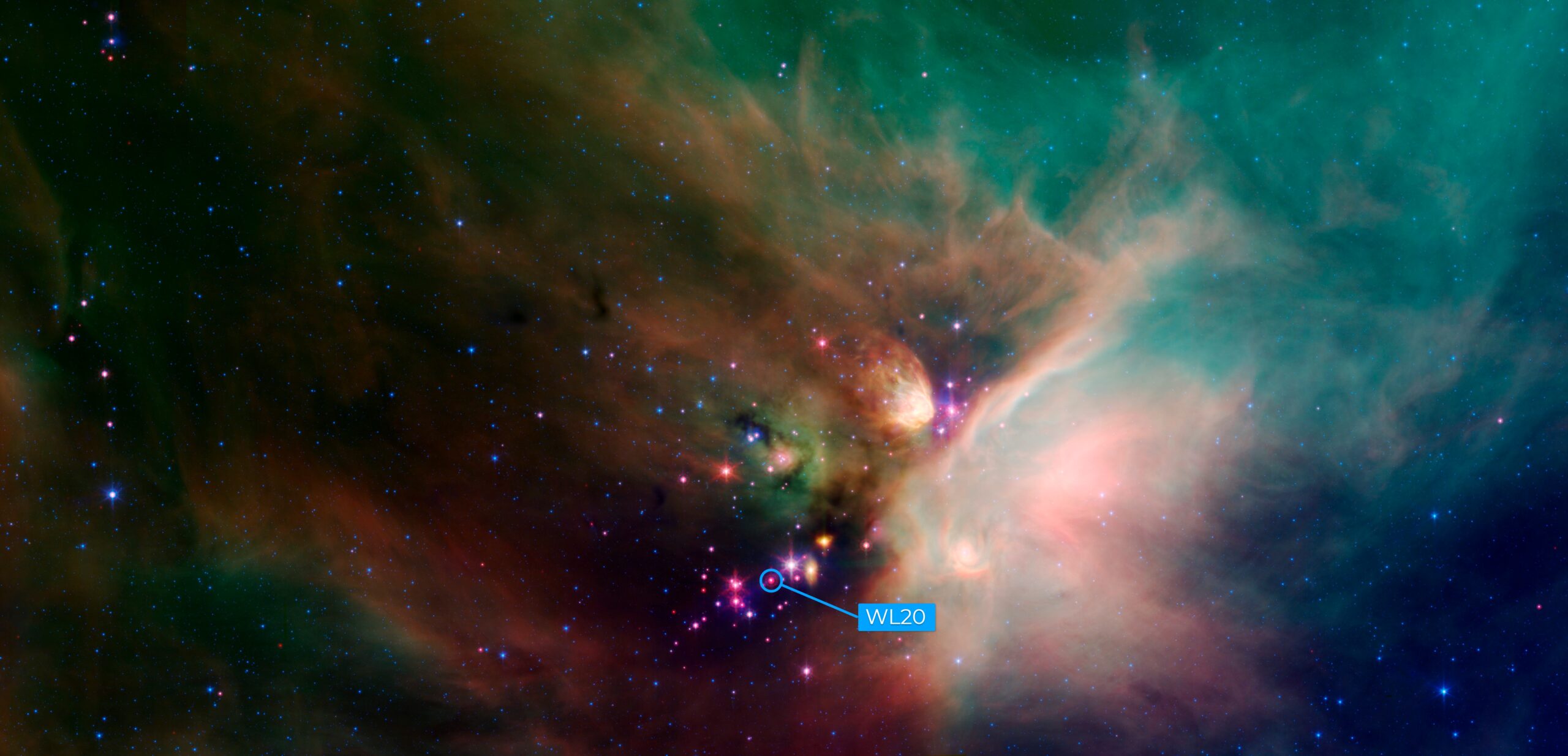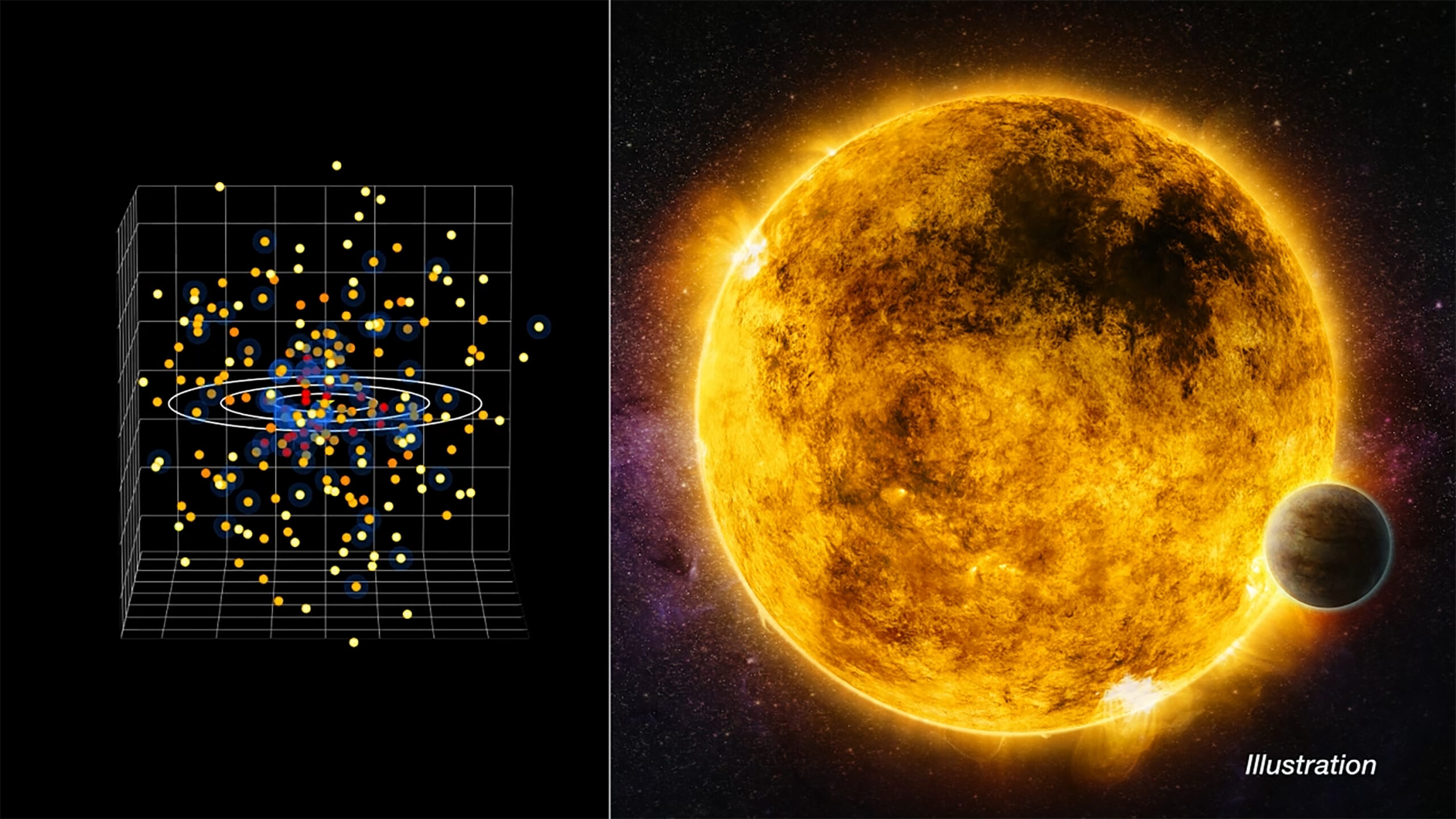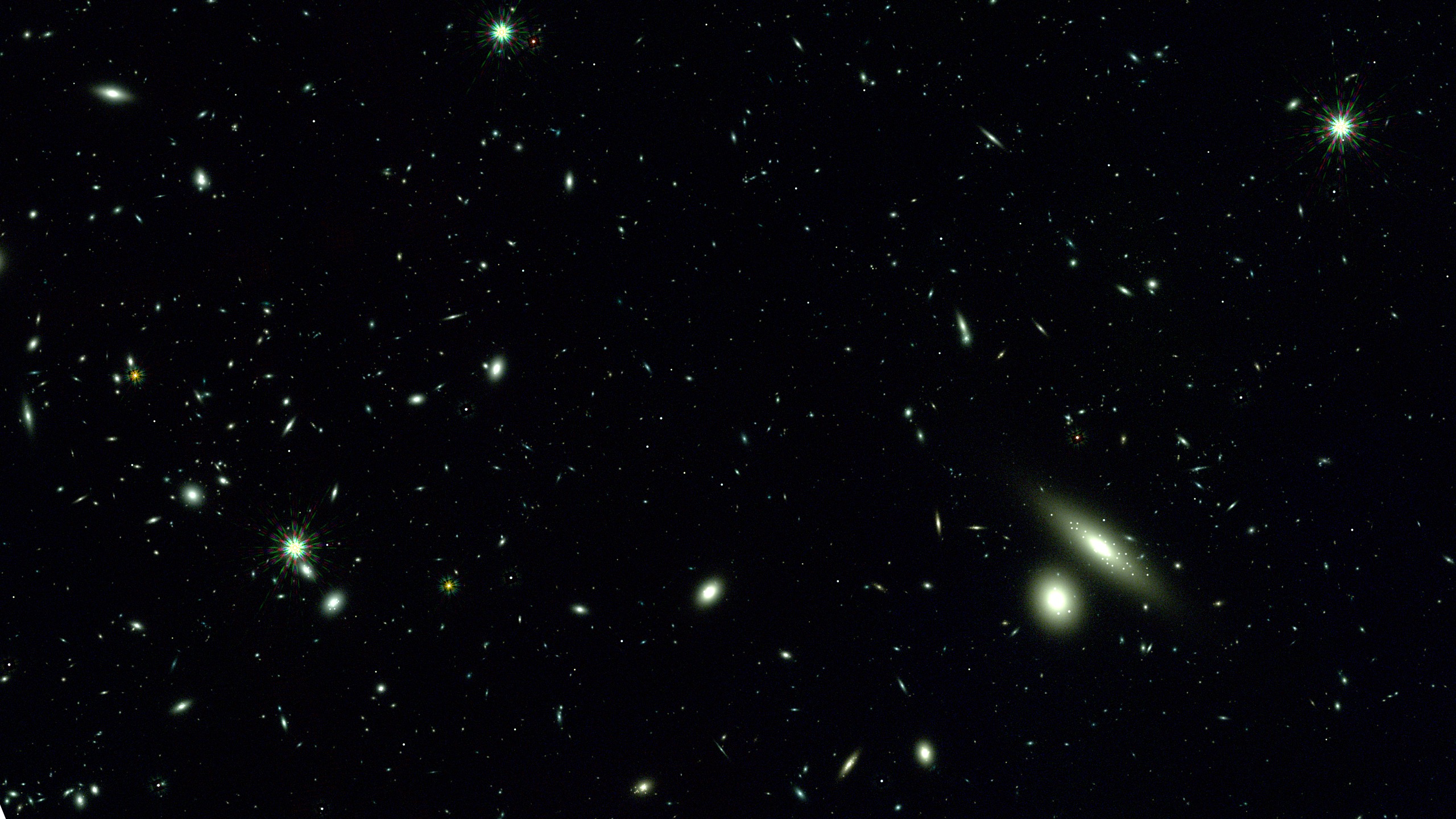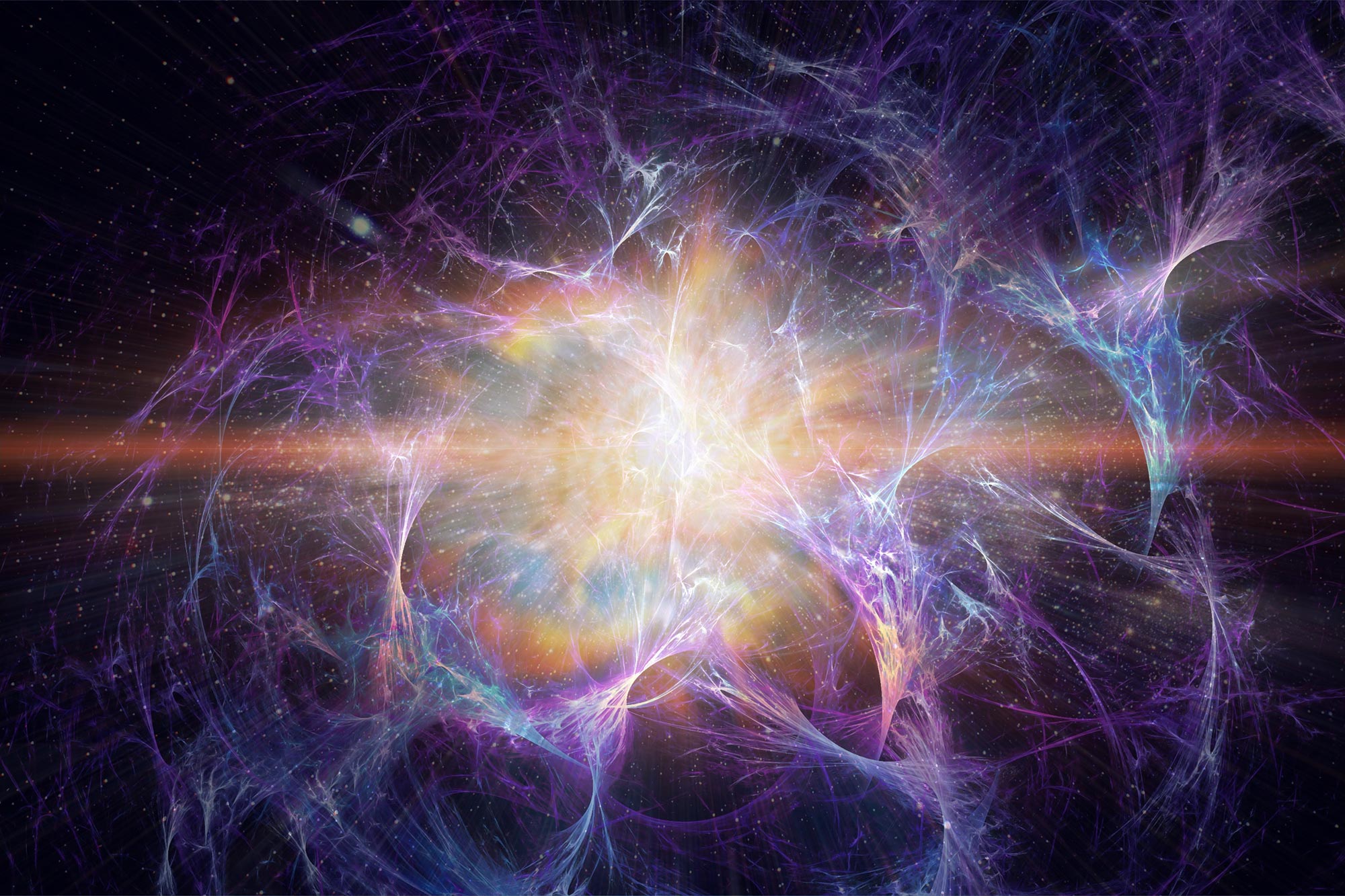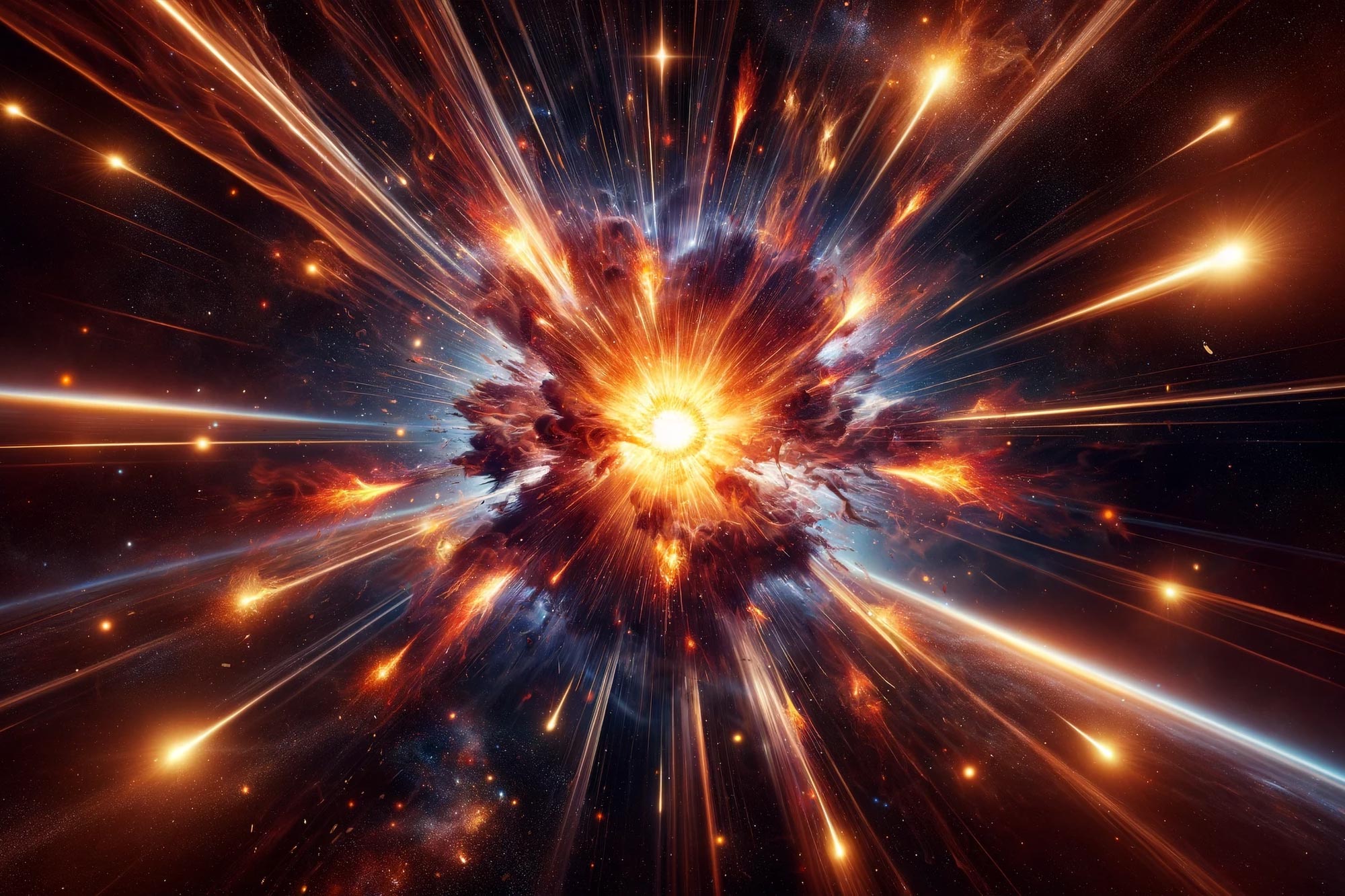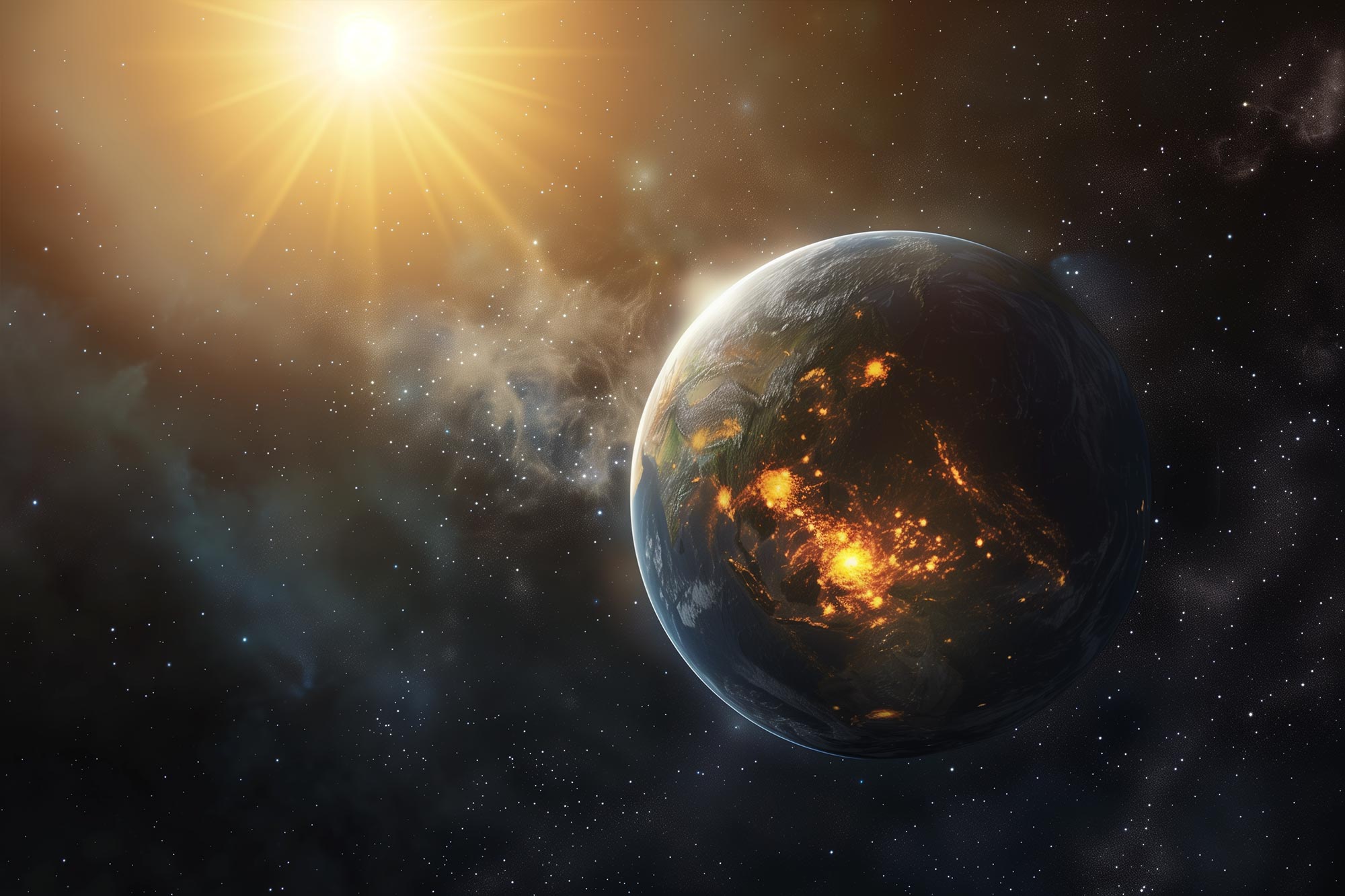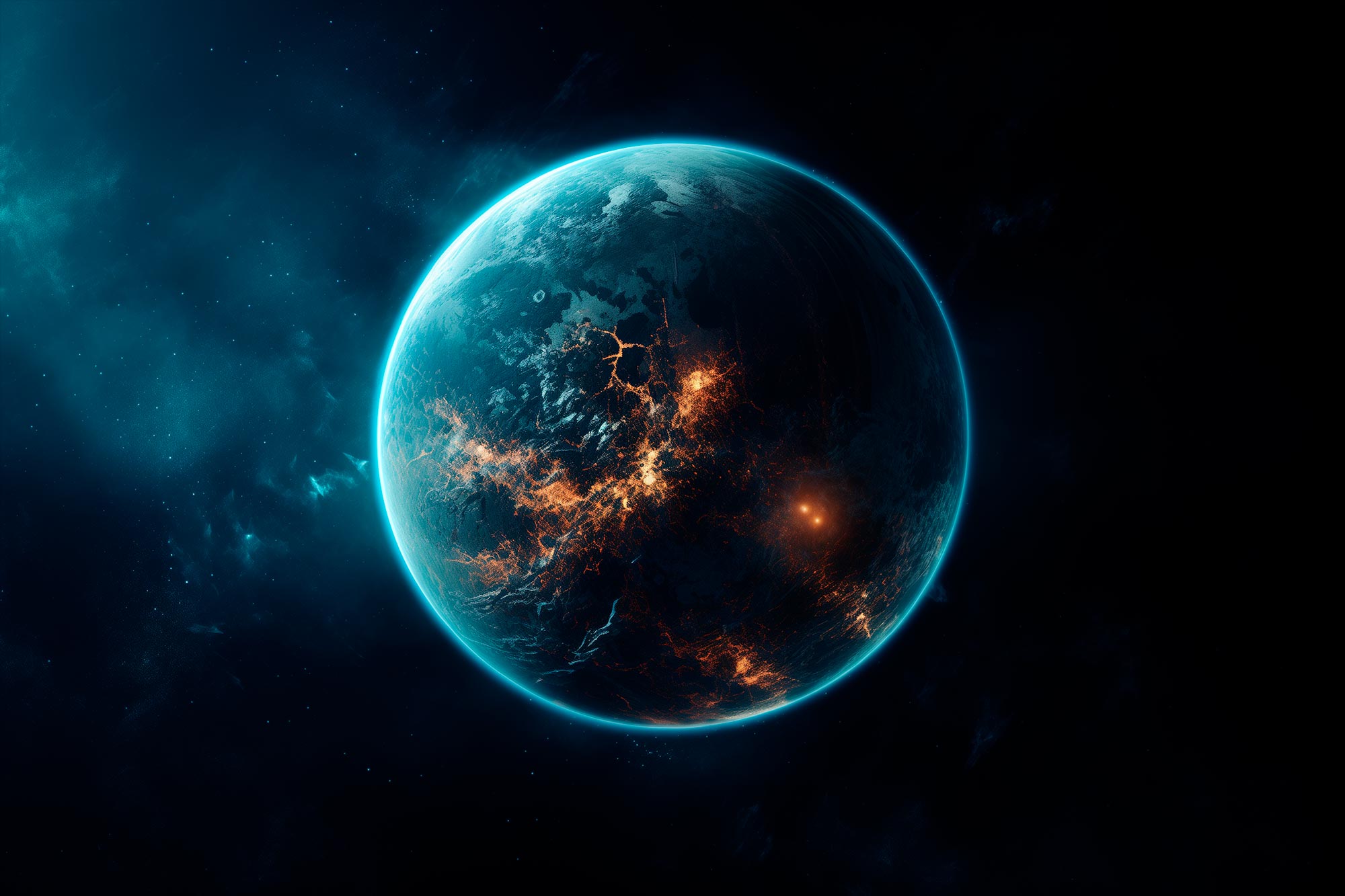Echoes of Creation: the Roman telescope’s search for primordial black holes
The upcoming Roman space telescope could reveal a new class of ‘feather-light’ black holes, challenging existing theories of black hole formation. If these Earth-sized black holes are found, they could have significant implications for our knowledge of the early universe and the nature of dark matter. Credit: NASA’s Goddard Space Flight Center NASAby Nancy Grace … Read more
